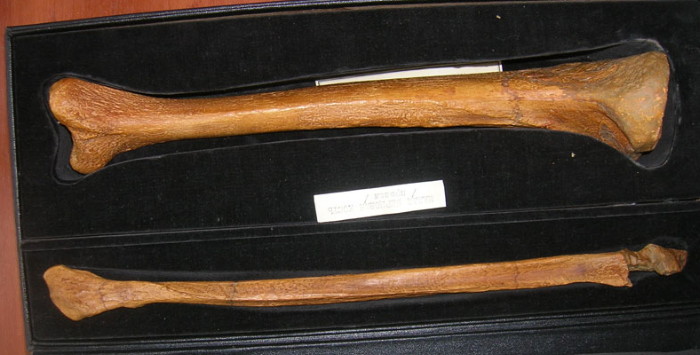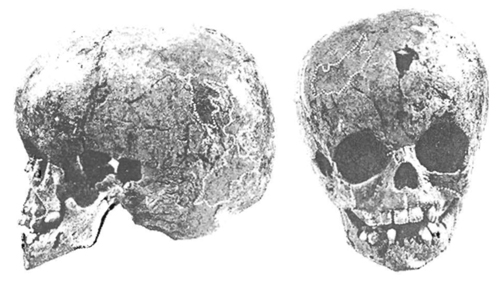Mousterian culture
Mousterian culture [Мустьєрська культура; Mustierska kultura]. The final phase of the Lower Paleolithic Period, lasting from approximately 100,000 BC to 40,000 BC. Named after Le Moustier, a rock shelter discovered in France, it follows the Acheulean culture and precedes the Upper Paleolithic Aurignacian culture. The use of stone tools, particularly primitive knives and scrapers, dominated this period. Major technological developments included the discovery of the means of starting fires and the use of bones and antlers for making tools. Food was obtained through hunting (mammoths, cave bears, rhinoceroses, aurochs, and other animals) and gathering. Mousterian man usually lived in caves or makeshift shelters in river valleys. Although archeological evidence is not conclusive, it appears that a matriarchal social order and a rudimentary religious consciousness may have been developing during this period. Mousterian culture sites in Ukraine include the Molodove archeological site, Kiik-Koba, Shaitan-Koba, the Zaskelna archeological site, and the Starosilia archeological site.
[This article originally appeared in the Encyclopedia of Ukraine, vol. 3 (1993).]


